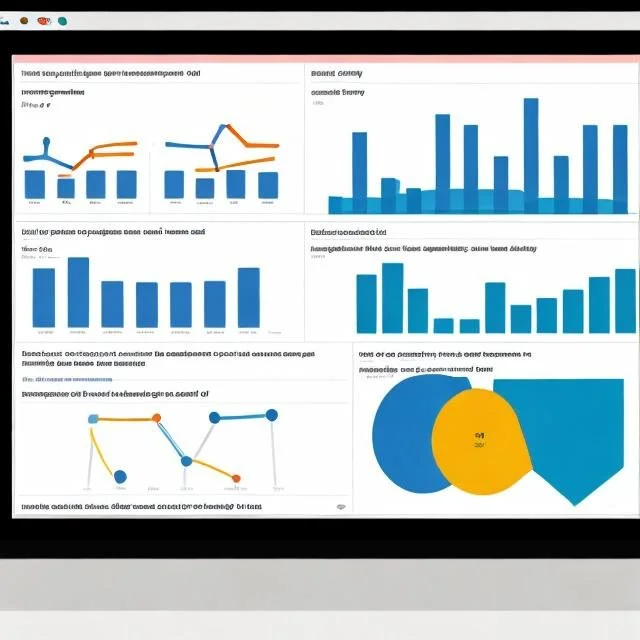Revolutionizing Public Safety Leadership: Harnessing Data Dashboards for Operational Excellence
In the ever-evolving landscape of public safety, leaders face the ongoing challenge of optimizing resources, ensuring swift decision-making, and enhancing overall operational efficiency. In this pursuit, the integration of data dashboards has emerged as a transformative solution, offering unparalleled insights and empowering public safety leadership to make informed decisions in real-time.
Understanding the Power of Data Dashboards:
At its core, a data dashboard is a visual representation of key performance indicators (KPIs) and relevant data points. It acts as a centralized hub, distilling complex datasets into easily interpretable graphics that provide a comprehensive overview of an organization's performance.
The Blueprint for Creating an Impactful Data Dashboard:
Define Clear Objectives and Metrics:
Public safety leaders must start by clearly defining their objectives and selecting key metrics aligned with organizational goals. Whether it's response times, incident resolution rates, or resource allocation, identifying these metrics sets the foundation for an effective data dashboard.
Holistic Data Collection and Integration:
The success of a data dashboard relies on the accuracy and relevance of the data it presents. Leaders must ensure the seamless integration of data from incident reports, personnel records, and other pertinent databases, fostering a comprehensive and cohesive view of operations.
Selecting the Right Dashboard Platform:
Choosing a suitable dashboard platform is critical. Leading tools such as Tableau and Power BI offer user-friendly interfaces, facilitating the creation of dynamic and interactive dashboards tailored to the unique needs of public safety leadership.
Strategic Design and Visualization:
The design phase involves crafting a layout that promotes quick comprehension. Visual elements such as charts, graphs, and maps should be strategically employed to convey information effectively, ensuring that even complex data is easily digestible for leaders.
Enhancing Interactivity:
A key feature of successful data dashboards is interactivity. Public safety leaders should seek platforms that allow users to drill down into specific data points, filter information, and customize their view, empowering them to extract the insights most relevant to their decision-making processes.
Thorough Testing and Continuous Refinement:
Rigorous testing ensures the reliability of the dashboard. Public safety leaders should actively seek feedback from end-users to refine both the design and functionality, creating a tool that is not only accurate but also user-friendly.
Transformative Benefits for Public Safety Leadership:
Real-Time Decision-Making in Critical Situations:
Data dashboards enable public safety leaders to access real-time insights, empowering them to make informed decisions swiftly – a crucial capability in emergency situations where time is of the essence.
Resource Optimization for Maximum Efficiency:
By monitoring personnel performance and resource allocation in real-time, public safety leaders can identify areas for improvement and optimize workforce and equipment deployment, ensuring maximum efficiency in day-to-day operations.
Fostering a Culture of Accountability:
Data dashboards facilitate the tracking of individual and team performance metrics, fostering a culture of accountability within public safety organizations. This data-driven approach enables targeted training and development initiatives, further enhancing overall performance.
Improved Communication and Collaboration:
The visualization of data promotes enhanced communication across departments. Public safety leaders can easily share insights with stakeholders, fostering collaboration and coordination within the organization for more effective overall operations.
In conclusion, data dashboards represent a groundbreaking advancement in public safety leadership. By harnessing the power of data, leaders can navigate the complexities of their roles with greater clarity and efficiency, ultimately contributing to safer communities and more effective public safety initiatives. Embracing this data-driven approach positions public safety organizations at the forefront of operational excellence in the modern era.


